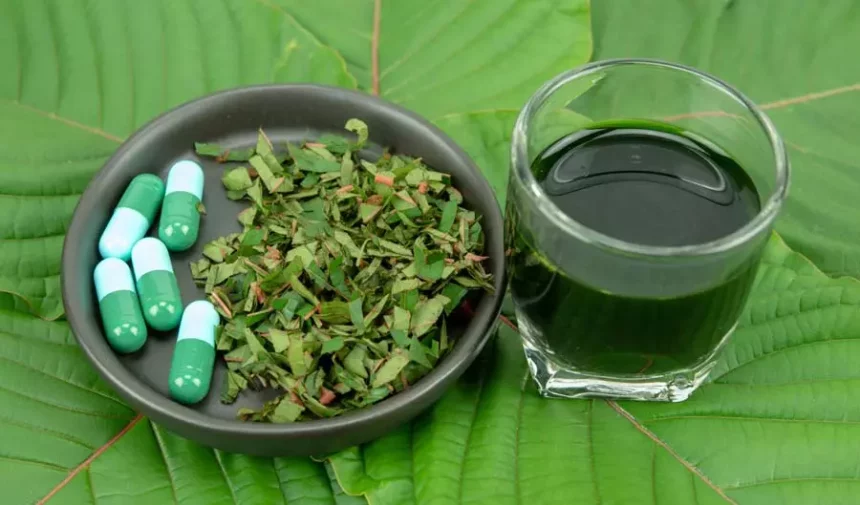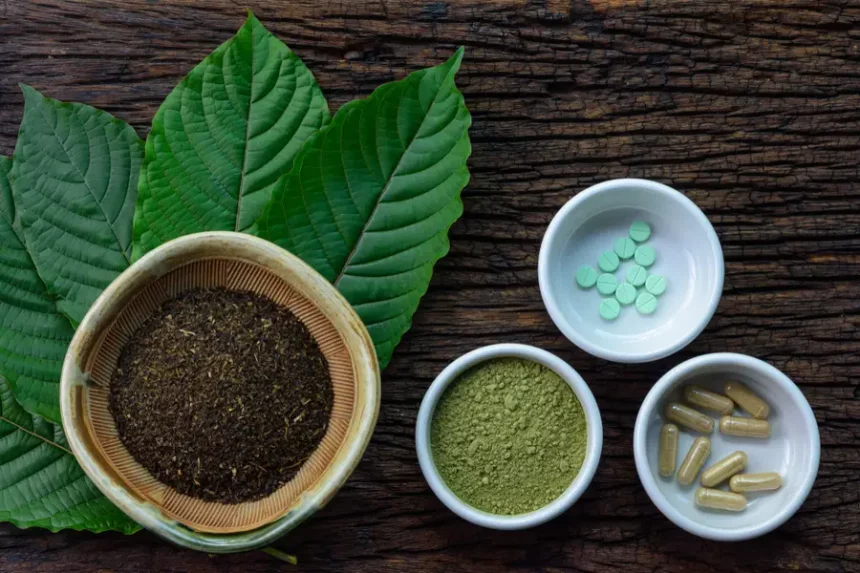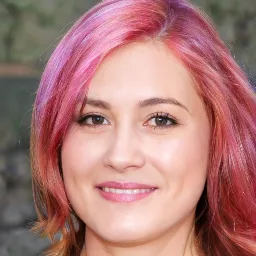A Natural Opioid?
Table of Contents
When I got clean in Florida, I always heard rumblings here and there about a drug sold over the counter in small newsstands that serves as a wonderful substitute for heroin or prescription opioids. This was commonly discussed in rehab during smoke breaks, with debates constantly breaking out about whether or not it actually “gets you high”, whether or not it’s safe to use for addicts in recovery and of course the most common question, is taking it “using”? The name of this drug is Kratom, and its popularity among addicts has increased substantially since I left Florida over two years ago.
The increased popularity and usage of this drug has left some in the recovery community very upset that our government allows this drug to be sold over the counter, and many recovering addicts and family members of addicts want this drug banned by the Drug Enforcement Administration, and given the same schedule as drugs like heroin or Fentanyl.
Kratom, otherwise known as mitragyna speciosa, is a tropical evergreen tree in the coffee family native to Southeast Asia. Countries such as Thailand, Indonesia, Malaysia, Myanmar and Papua New Guinea have used Kratom in traditional medicine since at least as early as the 19th century. People in Southeast Asia use it to decrease acute pain, manage chronic pain, to give them a boost in the morning to get through their daily work, treat diarrhea and manage the symptoms of opioid withdrawal.

At low doses, Kratom works as a stimulant, and as the dose of Kratom used increases, it begins to work as a sedative. Onset of the drug begins in about five to ten minutes and lasts two to five hours. Some minor side effects of the drug include nausea, vomiting, and constipation. More severe side effects may include seizure, addiction, and psychosis. Other more rare side effects include insomnia, increased heart rate and blood pressure, and in rare cases, liver toxicity.
Kratom has pharmacological effects similar to opioids. It is a full agonist at the mu opioid receptor site, it prevents activation of serotonin receptors and postsynaptic adrenergic receptors. During “in vitro” experiments, it has been demonstrated that Kratom extracts have inhibited certain enzymes that assist in the metabolism of common prescription drugs, giving Kratom a high potential for possibly fatal drug interactions. Furthermore, as with any other drug that acts as an agonist on mu opioid receptor sites, repeated use of Kratom over time can lead to tolerance, and abruptly stopping the drug can lead to opioid withdrawal symptoms.
Many countries around the world have chosen to either designate Kratom as an official drug of concern or ban Kratom outright. With opioid addiction and overdose being a nationwide epidemic in the United States of America, one can only assume that taking the cautious route is always best. But is it? I suppose this is a question that only we can answer to ourselves. But for the sake of this blog post, I’m going to try to answer this question.
Since Kratom is already on the fast-track to joining drugs like heroin on the list of Schedule I drugs, I think it only makes sense to examine this issue in the context of our current “drug war”.
History Repeating Itself?
The way we have historically dealt with drug use and addiction in this country is by criminalizing drug use, possession, manufacture, and distribution; how has this approach worked thus far? Every year, like some sort of tragic joke, the drug war budget grows and the addiction rate and number of overdose deaths grow with it. How is it that this doesn’t indicate utter failure and the need for change? I guess I’ll never know. By criminalizing drugs we have created two problems instead of solving one. I don’t mean to go off on a tangent I’m just making a point about the inefficacy of the war on drugs.
That being said, adding Kratom to the long list of illegal substances in this country will not help people get off of it, it will not decrease crime, (in fact it will do exactly the opposite) and it will certainly not make our society any safer. What it will do is create a black market for this drug, an environment in which we can be certain that users will be subjected to a much more dangerous version of the drug. This is because illegal substances are free of the typical regulatory oversight that we see with heavily regulated prescription drugs, leaving unscrupulous manufacturers and retailers of this substance-free to operate with impunity.
How Dangerous is Kratom?
I’ll admit that on this topic I’m a bit biased. I’ve used Kratom before, and besides a little bit of nausea and constipation, I’ve been satisfied with my experiences overall. The FDA released a public health advisory stating that they feel that there are too many potential risks associated with Kratom, and more research needs to be done. On the latter point, I agree with the FDA, it is on the former point that I find myself in disagreement.
I agree that more research and clinical trials need to be conducted, but I’m concerned that once Kratom becomes sufficiently vilified by enough sensationalist media reports and federal agencies, scientists will lose interest and forget about it, due to the stigma attached to the drug and more importantly a lack of federal funding. This is a very real issue because Kratom has been used as a medicinal remedy for many years in other countries, and it shows real promise in certain areas such as pain relief, management of diarrhea and management of opioid withdrawal symptoms.

Between the years of 2014 and 2016, there were fifteen recorded deaths as a result of the use of Kratom. In the majority of these deaths, the victim had ingested at least one other central nervous system depressant such as alcohol or Xanax. To put this in perspective, over 15,000 people die every year from Aspirin. Of course, more people take Aspirin than Kratom, but at least this gives you an idea of how we should measure the risk of Kratom in this context.
The truth about Kratom is that we don’t yet know the extent of its risks. What we do know is this; it has been used medicinally and recreationally for centuries in Southeast Asia with relatively little risk associated with its use. Before the FDA or DEA steps in to make a reactionary decision, we need to do more research. What seems to scare the federal government is that citizens can walk into a local shop, spend their hard earned money on a few capsules or a tea, and experience euphoria for a few hours. This fear is nothing new, it’s the reason why cannabis is still technically illegal on a federal level, and in the same schedule as heroin.
Kratom has shown great promise even in the United States as a way to alleviate the symptoms of withdrawal and to keep people from using heroin or prescription opioids. Once again we have a plant that grows naturally, is relatively safe and has a multitude of medicinal uses, and we may miss out on its potential because we have such a terrible attitude about drugs in this country. It’s a real shame.
Freedom From Addiction: Found Here
If you or a loved one is suffering from kratom addiction, understand that you are not alone in your struggles! If you are ready to change your life and finally be free of your addiction, then Find Addiction Rehabs can help.
Our dedicated recovery representatives give you the jump start to recovery you need by aligning you with the right provider to meet your needs among our nationwide, accredited partner facilities. Why not give yourself a break and reach out now to start your sobriety journey?
Anna M. joined Find Addiction Rehabs with extensive experience in the field of addiction treatment. As a former Nurse Practitioner in Miami, she found her passion for addiction treatment when a family member was lost to his disease. With each article and resource, she hopes to save other families from experiencing the anguish of a loved one’s passing due to drinking or drugs.


